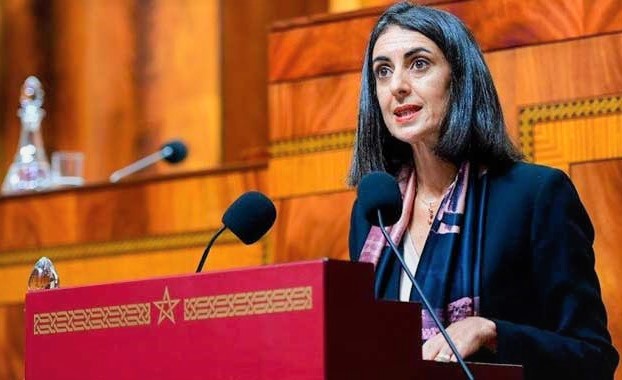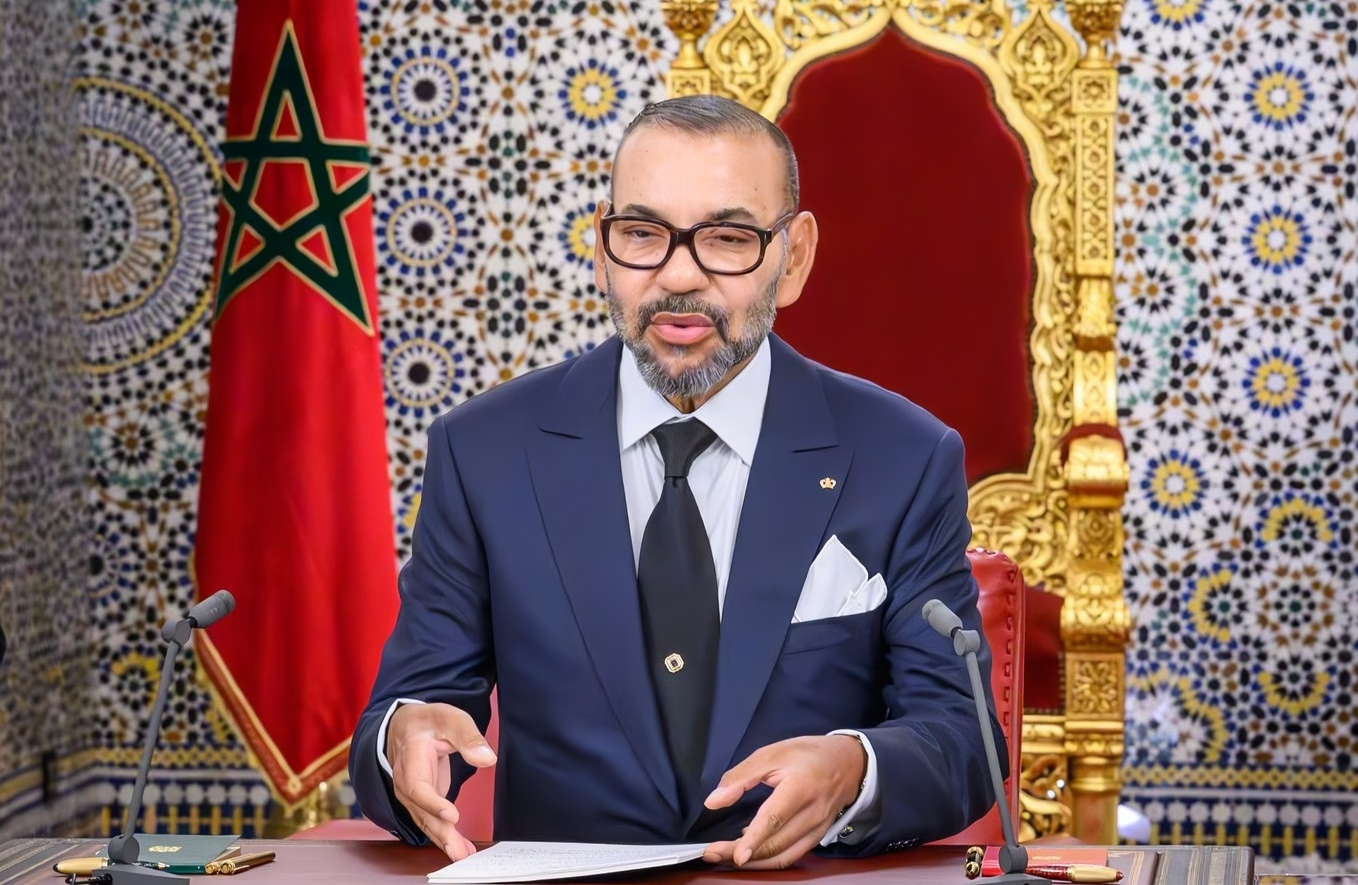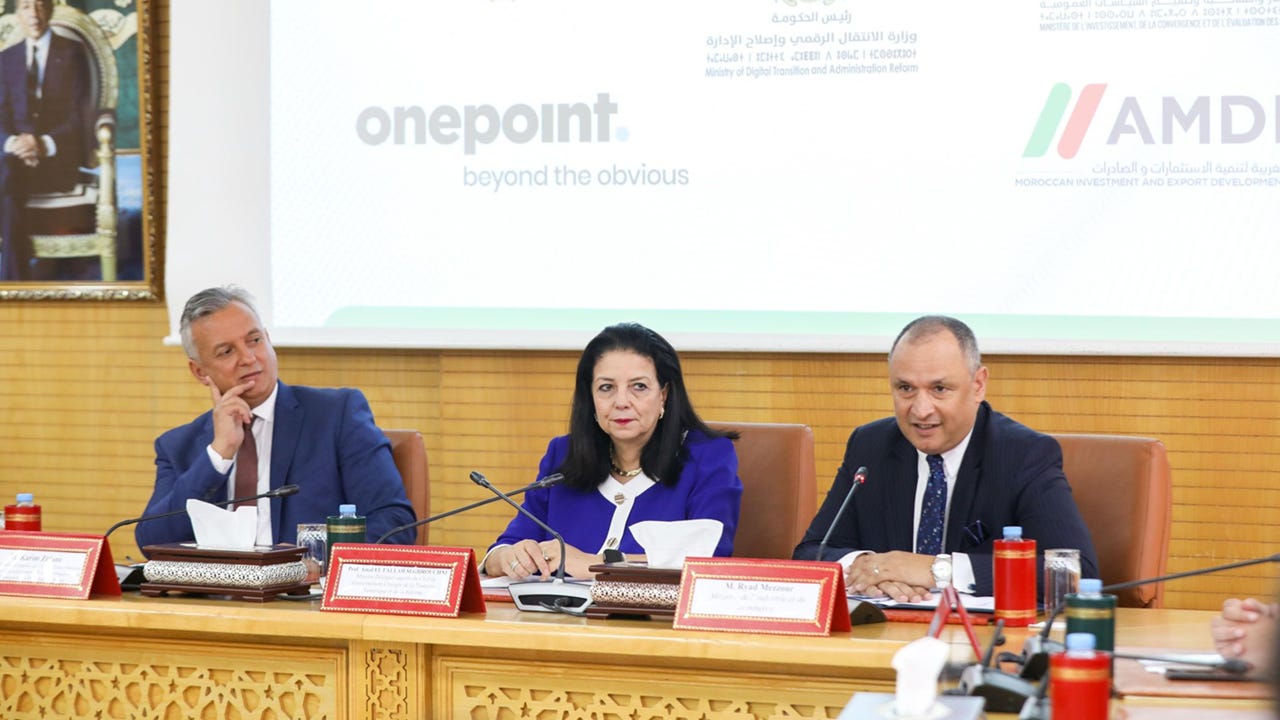
In-Depth Analysis: Nadia Fettah on Morocco’s Economy (July 2025)
+4% Growth: Encouraging, but Structurally Insufficient
Morocco expects economic growth above 4% in 2025, signaling post-crisis recovery and solid performance in a global context of uncertainty.
However, this rate remains insufficient to structurally reduce unemployment, especially among graduates (youth unemployment remains over 18%) and to meaningfully close urban-rural gaps.
Risk: Growth remains regionally concentrated (Casablanca, Tangier, Agadir), deepening territorial inequalities.
2. Economic Diversification: Progress Made, but Still Uneven
Morocco is advancing in automotive, aerospace, tourism, agri-food, and renewable energy.
Strengths:
Now the 2nd largest car exporter in Africa.
Major solar (Noor Ouarzazate) and wind projects.
Challenges:
Low local value-added: industries are still largely based on assembly, not full-scale production.
Agriculture, which still employs 30% of the labor force, is highly vulnerable to climate shocks.
The informal economy, estimated at ~30% of GDP, remains largely unaddressed.
3. Fiscal Policy: Delicate Balance Between Discipline and Social Ambition
Targets include reducing the deficit to 3.5% of GDP and keeping debt below 69% by 2026.
These goals offer reassurance to investors and international lenders, but may conflict with social spending needs.
Concern: Austerity-style discipline could limit the rollout of universal social protection and public services in underserved regions.
4. Tax Reform: A Step Toward Fairness, but Politically Sensitive
Key reforms include:
Exemption of salaries under MAD 6,000/month from income tax.
Gradual reduction in corporate tax (20% for industrial firms).
Positive: Encourages formalization and lowers tax pressure on low-income workers.
Caution: Morocco still has low tax pressure (approx. 21% of GDP) and persistent tax evasion, especially in liberal professions and the informal sector.
5. Capital Markets: Dynamic but Elitist
The Casablanca Stock Exchange rose by 37%, with increasing activity in investment funds (OPCVM, OPCI).
Weakness:
Financial inclusion is limited: only a minority of citizens participate.
Lack of financial literacy and trust in financial institutions are barriers to broader savings mobilization.
6. Economic Sovereignty and Green Transition: A Strategic Shift
Morocco is investing in:
Renewable energy (solar, wind, green hydrogen).
Water infrastructure, including large-scale desalination plants to combat drought.
However:
Heavy reliance on foreign funding and technology.
Still lacks control over strategic supply chains (e.g., semiconductors, pharmaceuticals, machinery).
7. Geostrategic Position: A True Asset, but Requires Institutional Reform
Morocco markets itself as a bridge between Africa, Europe, and the Middle East.
Successful global positioning depends on:
A predictable judicial system.
Stronger anti-corruption efforts.
Investor protection laws that build confidence beyond incentives.
8. Social Inclusion: The Weakest Link
Reforms in health insurance and direct financial assistance are progressing.
Women’s cooperatives and rural entrepreneurship are being promoted.
Shortcomings:
Public education and healthcare remain deeply unequal and under-resourced.
Female labor force participation is still very low (~20%).
Structural problem: Many social programs remain underfunded or poorly implemented, especially outside urban centers.
Summary Table
| Strengths in Fettah’s Strategy | Structural Challenges |
|---|---|
| Sectoral diversification (autos, renewables) | Social and regional inequality |
| Fiscal discipline with cautious investment | Weak middle-class resilience |
| Climate and water resilience strategies | High reliance on foreign capital and tech |
| Pragmatic international positioning | Institutional trust and legal system concerns |
| Fairer taxation of low-income workers | Slow progress in education, health, and inclusion |
Nadia Fettah’s economic policy reflects a hybrid model:
Liberal and disciplined in its macroeconomic framework (fiscal balance, capital markets).
Ambitious and state-led in its social and environmental goals (universal coverage, climate resilience).
However, its long-term success will depend on Morocco’s ability to:
Strengthen human capital (through education and health).
Rebuild trust in public institutions.
Translate macroeconomic growth into tangible, inclusive development.













Post Comment